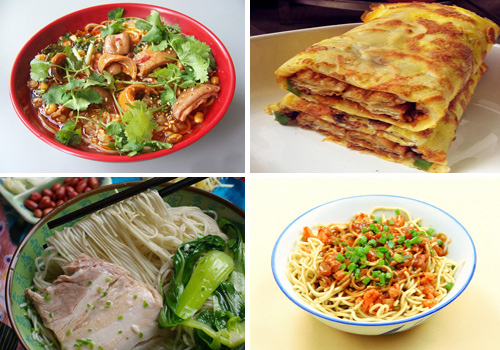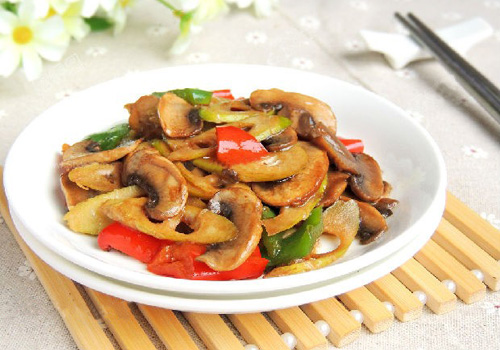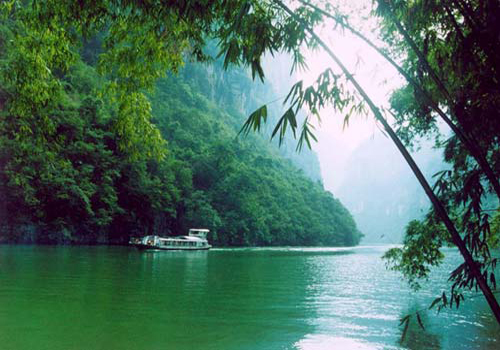VOC's Travel BLOG
Our Travel Blog is the place to share our real life, travel experiences in China with you. Besides, we will provide information related to Chinese culture and China travel guide. "A bosom friend afar brings a distant land near." Traveling makes us to be closer, let's discover China together!
All
China travel Guide(228)
China Food(38)
Life in Guilin(48)
Working at VisitOurChina(24)
Cultures(40)
News(12)

Chinese eat breakfast since Han Dynasty 2000 years ago. Hereafter, most areas of the country eat three meals a day, a reasonable system for both life and production. Though eat three meals a day is a common diet habit for all mankind, the three meals in China fluctuate diversified paces of life and mold multiple sentiment of life.

Most dishes are fissile wonders produced by kinds of food materials' combination and encounters. Human activities facilitate food's meeting, while the separation and reunion of food mobilize humans meeting and parting. This is summarized to destiny by people.

China boasts multiple geographical conditions and climate. People sow in spring, cultivate in summer, harvest in autumn and store food in winter. This strict calendar has been applied for thousands of years. Though modern people stand off the nature with each passing day compare with agrarian age, to carry on ancestral life wisdom to arrange the diet has melted into Chineses genes. Depending on their rich experience, Chinese chefs search splendid food combination in the change of seasons.

Yesterday morning when I passed by the Sanlidian Roundabout (Guilin) on my way to office, I found that the maple leaves had turned red - thats really beautiful the leaves shaking slightly in many carriages. I did not spend much time enjoying it, but it did remind me of some other great places for red leaves watching in Guilin or other cities in China. As many tourists want to experience unusual China tours, red leaves watching may be a great choice.

The people of Three Gorges show me their absolute austere friendship. Between mountains and waters, it looks like a landscape painting. Traditional stilted architectures, mysterious ancient sailing boats and covering ships silently stand, while young girls are washing clothes beside the river
A Bite of China – Raised Fields and Taros
2012-10-31 | China Food

Ancient geological movement created the world’s largest estuary alluvial island and at the same time gave birth to a fertile river plain - Yangtze River Delta. Today it is the most flourishing and populated region in China. In the course of urbanization, in the Xinghua City of Jiangsu Province, there is a distinctive land seemingly forgotten by time. In summer peasants water a sort of lyophilic vegetable - the taro. The land under their feet is called Raised Field (Duo Tian), a unique landscape in the world.

In terms of diet, flavor overwhelms anything else. Chinese never bind themselves into a stuffy food list. People persist to seek the inspiration of transformation through continuously trials. They seem to be born with the ability to utilize microorganisms like yeasts, fungus and bacteria. Wine should be the oldest sample of bringing ferment of microorganisms into full play. Rice Wine, a Chinese beverage that is made from grains like rice, millet or wheat with Jiuqu starter culture, is one of the oldest alcohols in China. It is also called Yellow Wine (Huangjiu) and has lower alcohol than that of White Spirit. Different type of Yellow Wine shows slightly different color such as ecru, tawny and reddish brown. Moreover, it is often used as a condiment in cooking to remove fishiness and promote flavor.




